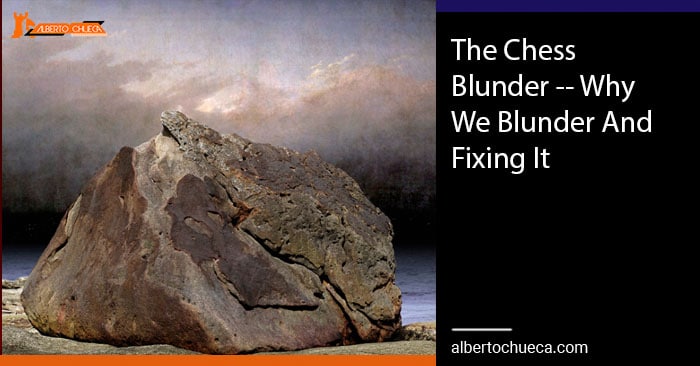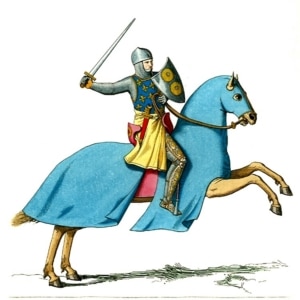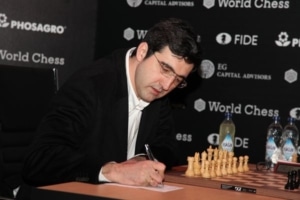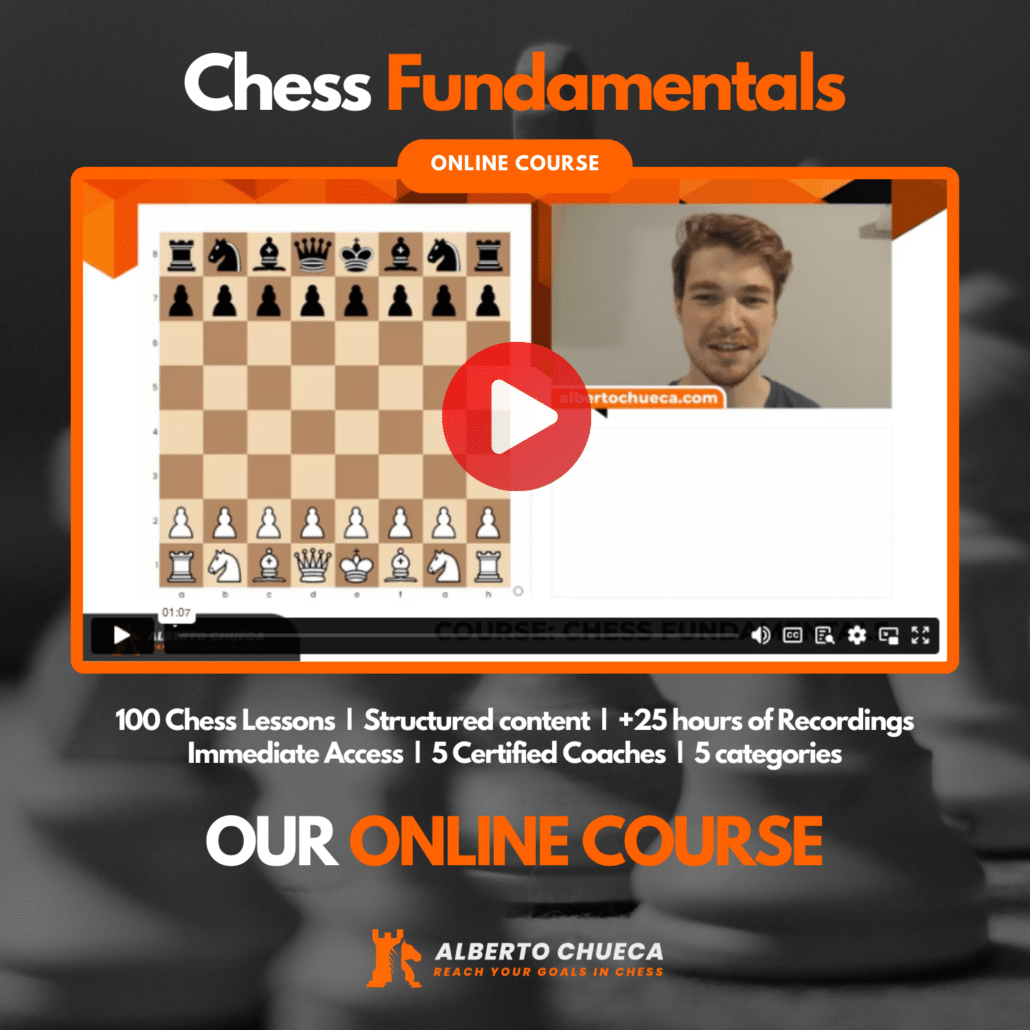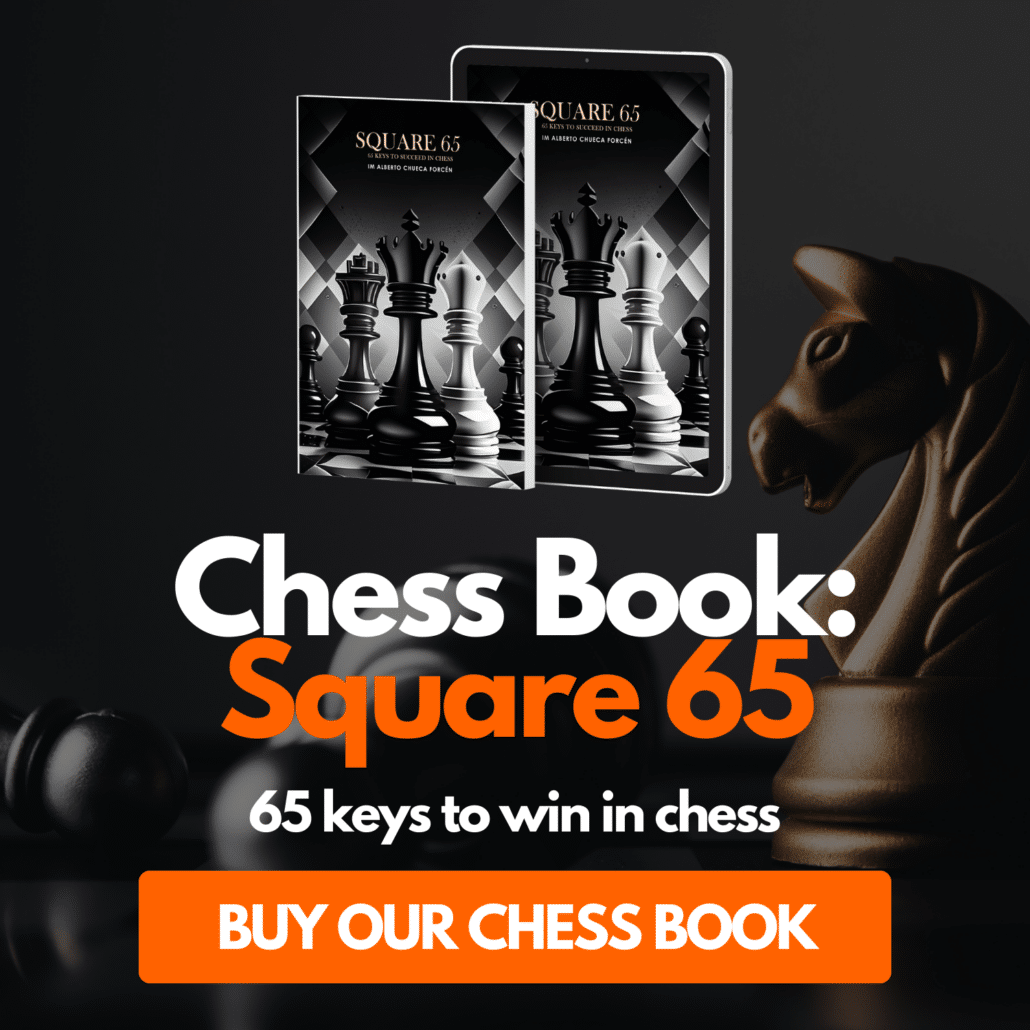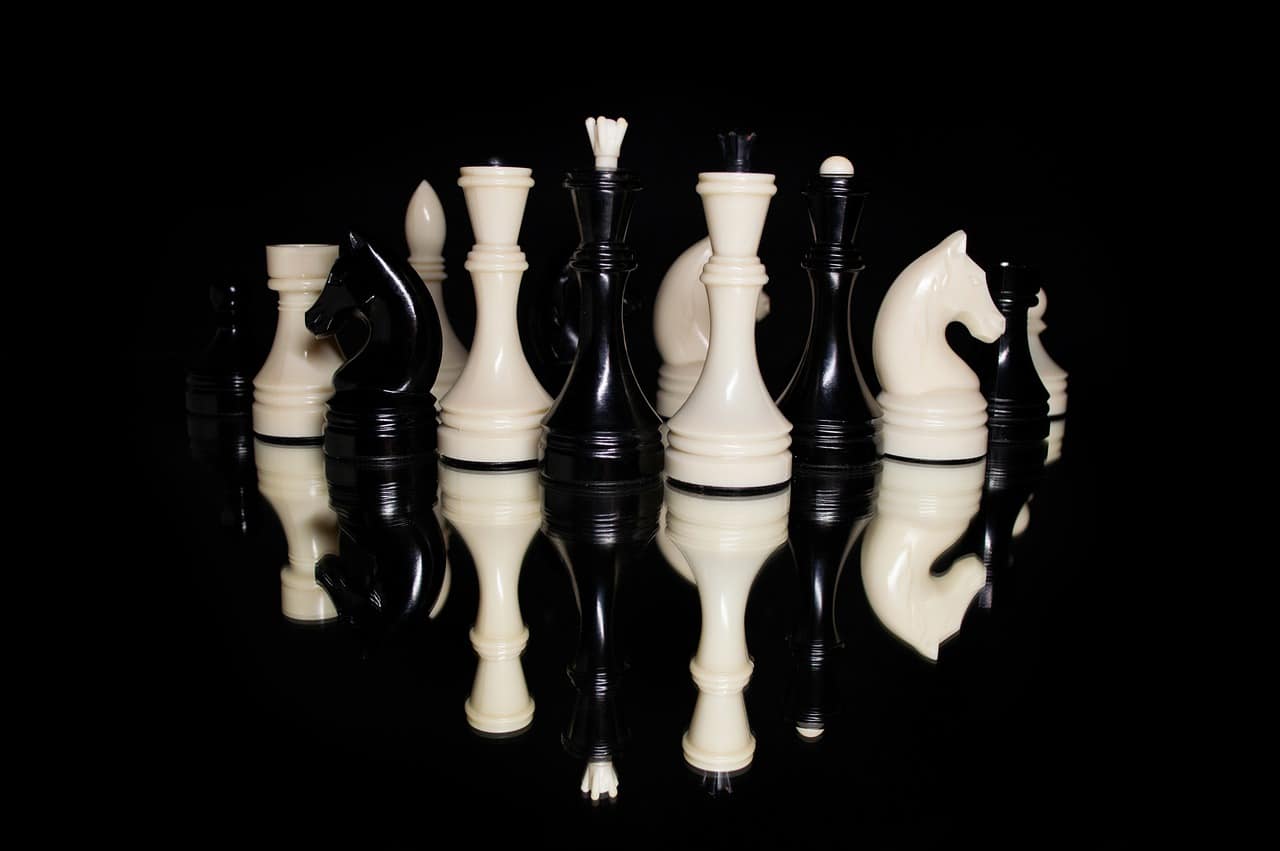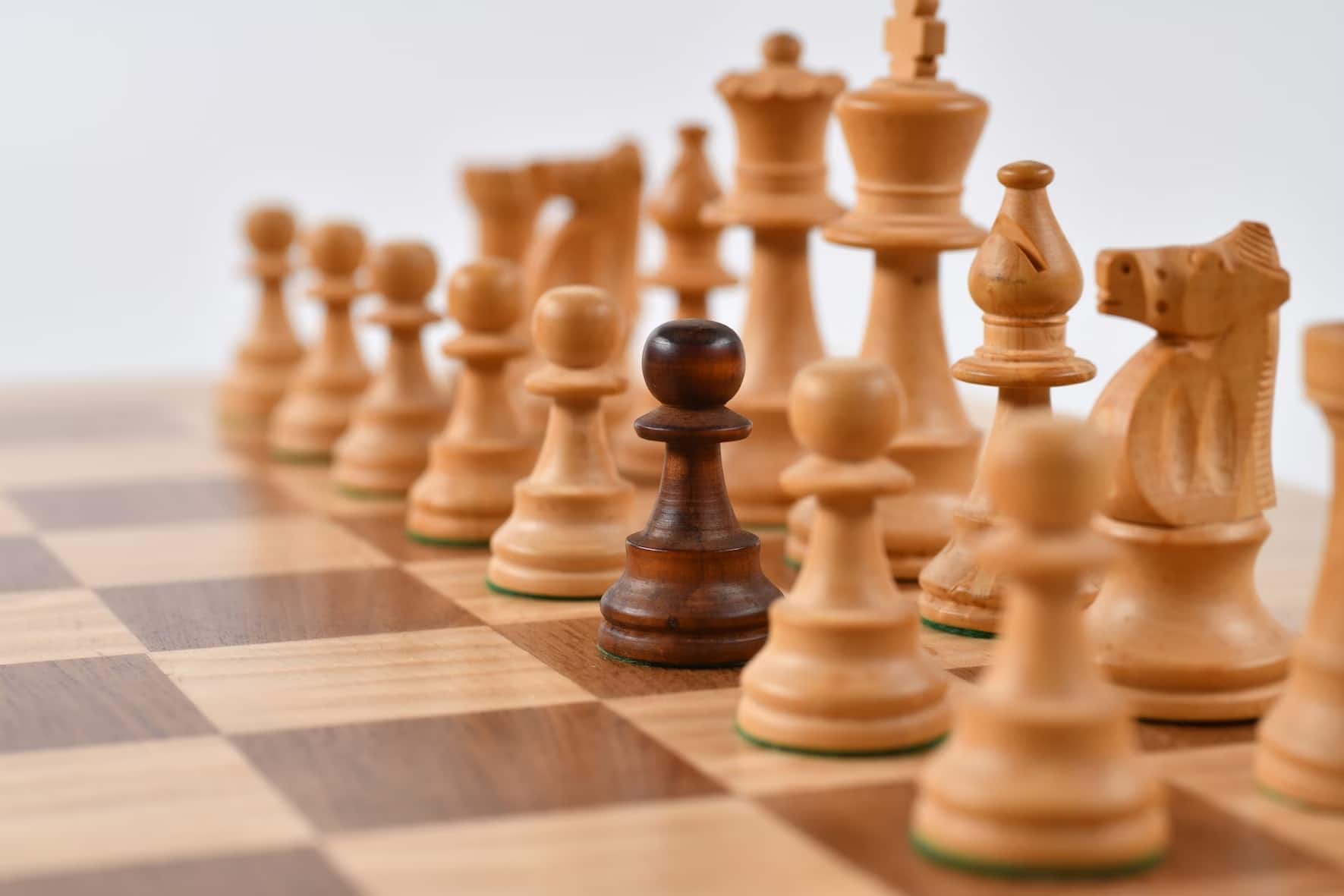Table of Contents
The Chess Blunder
Practicing tactics is a critical way to improve at chess, on top of studying chess books, finding the right coach, playing practice games, etc. However, it is important to realize that no chess player is perfect. We all have this disease holding us back from that rating goal we've been reaching for, or from beating your arch-nemesis once and for all. The curse that is eminent in all of our chess games at some point or another is the chess blunder.
Why Do We Blunder In Chess?
Blunders are 100% psychological. That is why computers play flawless chess. They do not have human brains, and therefore, do not have to deal with stress, pressure, hormones, etc. Humans have these experiences, and we are just going to have to deal with it. I believe we can pinpoint three reasons why we blunder in our chess games:
- Lack of practice and understanding of the position
- Only playing the position your way, and not considering your opponent's threats
- Overconfidence
I believe all chess blunders are associated with at least one of those points. Let us dive into each of those three points, give an example of chess blunders which were made because of that, and some possible solutions to fix the problem.
Lack Of Practice And Understanding Of The position
Our first example comes from a common opening trap in the Sicilian Defense after 1. e4 c5 2. Nf3 d6 3. c3 Nf6 4. Be2.
After Be2, many inexperienced players with the Black pieces may realize that the e4-pawn is hanging. Why not take it? The experienced player who has practiced lots of tactics and knows the position will quickly know not to take the pawn. The Knight is undefended, and will, therefore, be lost.
5. Qa4+! will pick up the Knight for free. Both the King and Knight are undefended, attacked, and Black must protect his King and let the Knight go.
How do we fix this problem? Hopefully, this goes without saying, but keep practicing! The experience you gain playing chess, solving puzzles, and looking at chess books will decrease your blunder percentage. At the amateur level (under 1400 ELO), practice is the #1 key to improving and progressing.
Playing Your Way, Not Recognizing Your Opponent's Threats
This is a problem players of all levels have. We are taught that chess is a game of strategy and planning. Although the best players not only execute their own plans, they note their opponent's plans, and if it is a big enough deal, prevent it. Many players simply don't take that step.
Black, the famous Grandmaster, and World Championship contender Vesselin Topalov foolishly took on e5 with the Bishop. White had just played Ne5, and Black assumed that taking was the best option. He forgot that Nh6+! by White was a strong possibility.
Black's King is in check, and the Queen is being attacked. Note that the Knight is also “protected” by the Bishop on c1, so Black cannot take the Knight with the Queen.
The best way to fix this problem is to always be conscious of your opponent's ideas. Even if you seem to be cruising the game, the opposing side may have some life left, and if you fail to recognize that, you may spoil a winning game.
Overconfidence – The chess blunder
Believing that you have sole control of the position and assuming any reasonable move you make is good is a common and deadly disease in the chess world. Many brilliant games are lost because the winning or better side played way too overconfidently, letting their position slip, and they end up losing. Here is such an example:
White was doing quite fine in the position above. Black just played pawn e6 to e5. White is fine playing a move like Nd5. However, White blundered, assuming the pawn was up for grabs, with Qxe5??. The back rank is now exposed, and White's Queen is in a precarious spot. This is a good puzzle to solve if you are 1400 ELO or above. White to play and win.
Black leads with Rd1+. White is forced to go Kg2. Black has a nice tactical shot with Rg1+!! White must respond by taking the Rook (all other squares are covered), and White will play Nf3+, forking the King and Queen, and winning the game.
How do we fix overconfidence? We must learn that no chess game is over until checkmate, or the opponent resigns. You can have checkmate in two moves in a tournament game, however, if you mentally collapse after the first move and can't make the second move, you will not be able to finish the game… you have to go to the doctor! On top of that advise, it's vital to remember that we must work for every win out of a good position. We don't want to work when we have a good position, though it's reality.
Even World Chess Champions Blunder
We shall close this article by displaying World Chess Champions making simple blunders 1400 ELO players may not make. These examples should make you feel better about your chess game!
The two players playing White and Black were Mikhail Chigorin and Wilhelm Steinitz respectively. Not only were these great players, but this was also played during the 4th ever World Chess Championship match! White's Bishop on d6 needs to guard h2, because otherwise, Black will play Rxh2+ and Rg2#. White forgot this and played Bb4??. Need I say more?
Former world champion and recently retired Vladimir Kramnik was playing Black. White was a computer, Deep Fritz. White has a simple mate in one threat with Qh7#. Did Black see the threat? The move Qe3?? by Black says 1,000 words.
Lastly, current World Champion Magnus Carlsen also missed a simple mate in one. Granted, this was a blitz game, though still…
White blunders with e5??. We teach these checkmate in one pattern to 800 rating kids.
As we learned, Grandmasters and even World Champions are not immune to the chess blunder. We will all do it at some point. The less you do it, the more chess games you will win!

